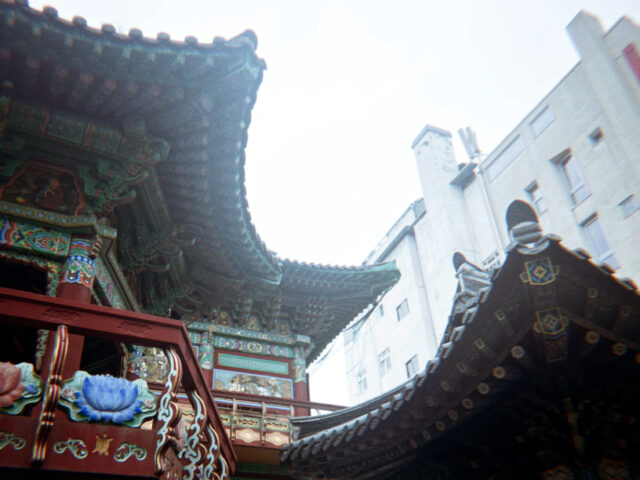
Tourist destinations become that way for a reason; at some point in time, someone felt that something there was worth seeing. Whether it is for an attraction as majestic as the Great Barrier Reef or as simple as a sleepy seaside town, people begin to flock there, and in droves. Though most of these places deserve their notoriety, at times the crowds and large-scale marketing ploys can dilute the cultural authenticity that initially made these places so worthwhile. Sometimes it is the places that fewest people go that are the most worth seeing.
One of my favorite “off the beaten path” destinations while in Australia was Coober Pedy. Coober Pedy, located in south-central Australia, is a major site for opal mining and the abundance of this natural gem has been instrumental in creating the town’s unique culture.
Upon our arrival in Coober Pedy, I learned that that the town acquired its name based on an Aboriginal term meaning “white man’s hole”. I didn’t understand why this would be an appropriate name for the town until I found that very few people in Coober Pedy actually live above ground. Due to the intense heat, many of the residents actually excavate sizeable homes underground in the limestone. They use dynamite to create man-made caves and turn these areas into two or three bedroom homes.
I was fortunate enough to visit one of these homes and I couldn’t believe my eyes; the family had a proper kitchen, living room and three bedrooms all underground. They had hung pictures and other décor on the limestone walls. It felt like I was in an episode of The Flintstones. Though the town had various shops above ground, there was hardly any evidence of a residential population. There are about 1,700 people in Coober Pedy yet the town still maintains the eerie feeling of a place that has been deserted.

While in town, I had the opportunity to chat with a local police officer nicknamed Bucky. We talked about what it was like to fight crime in such an isolated region. Bucky said that sometimes he will receive a call for a crime being reported 100 kilometers away because it is in his jurisdiction. Even with no one on the road, it still takes him at least an hour to get there and by that time the offender is usually long gone.
Another major issue he battles with regularly is arson. Because of the booming opal industry, the sale of dynamite is legal in Coober Pedy and can be found in places like a grocery or convenient store.
Bucky told us that there is an unspoken code of sorts in Coober Pedy: if you wrong someone there is a good chance that something you own, such as your car, will be blown up with dynamite. Once one person’s property is destroyed, they typically retaliate with further explosions and so the dynamite war continues.
That night in Coober Pedy, I stayed in an underground home, spoke with a number of locals, and learned about the town’s rich Aboriginal culture. It was an unforgettable experience unlike any other. The rugged landscape and isolated location was beautiful in a way that most people will never know.

Because I had never met anyone who’d been there before, I didn’t really have any expectations for my trip to Coober Pedy. When traveling to some of the more popular tourist destinations, I felt that I was constantly comparing my experience to those of people who had been there as well. Fellow travelers might ask, “did you see this giant statue like I did?” or “did you jump out of an airplane like I did?” Inevitably there were going to be activities or places that I had skipped over and these interactions left me feeling that my experience was somehow lacking.
On my trip to Coober Pedy this was not an issue. I had nothing to compare it to and therefore the experience was mine entirely. I didn’t have to check off any boxes or make sure that I saw a particular site before I left just to say that I did. I was a blank slate ready to take in whatever came my way. Because there were very few tourists passing through, I felt that I was privy to something many others had never witnessed; I was given access to peek into the everyday lives of people living in an extraordinary way.
Though tourist destinations have their merit, there is definitely something to say about the places to which few people journey. After a while, the more popular destinations have a tendency to blend together. We might look back at the whirlwind of landmarks and statues and beaches and wonder what was where. It is in the places that are rich with cultural authenticity, unique customs, and few visitors from the outside world that make them unforgettable and remind us why we travel.
Caroline Tell is an Assistant Program Manager with TEAN. She spent a semester abroad at the University of Queensland in Brisbane, Australia and it changed her life. Caroline has taught English in Hanoi, Vietnam and had the opportunity to travel throughout Southeast Asia and even made it back to Australia. She is a graduate of DePaw University.







